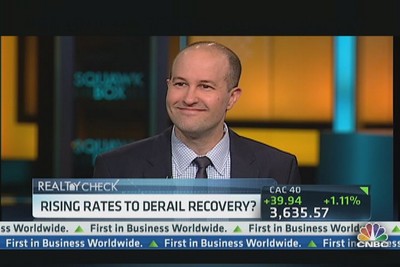One place the housing market is booming is in San Francisco.
The bidding wars are under way and the combatants are armed with cash.
In Oakland, Calif., Sara Mertz and her real estate agent Patrick Leaper are finally on the verge of closing a deal. This is the ninth house she has tried to buy
“Six months, nine offers,” Mertz said.
Home prices rise most since 2006
How much do Fannie and Freddie still owe us?
This first-time buyer is ready with a 20 percent down payment. But in today’s market, that is not always enough.
“From our experience, there’s not a lot on the market, and so when there is a house that we’re excited about, so is everybody else,” Mentz said.
It took Sara Mertz six months and nine offers before she was finally able to clinch a house. / CBS News
And many of those “everybody else’s” has cash. “A lot of it,” Mentz said.
“Cash buyers coming in with no contingencies at all are closing in 10 days,” Leaper said.
He hasn’t seen this many cash buyers in 40 years.
Cash buyers accounted for more than a third (34.1 percent) of home sales in California in March, more than double the average (a 16.1 percent monthly average since 1988). They are not just buying foreclosures, they are buying everything.
“There’s a tremendous amount of cash buyers out there,” Leaper said. “Not just the investor, [or] people who have taken money out of their IRA’s and buying real estate, but homeowners too.”
In part it’s a response to the low interest rates paid on money in the bank. Some savers are putting their money in real estate instead. All that cash is helping drive up prices. In Oakland, the median sales price has risen from $240,000 in April last year to $537,000 this April, according to Red Oak Realty.
“It’s wonderful for sellers right now, today, equally as bad for buyers,” Leaper said.
It’s almost as if buying a house in Oakland right now has become an endurance sport.
Sara Mertz endured. After being beaten on eight previous offers, she went more than $100,000 over the asking price to get her new house. And she can’t wait to move in.
All-cash buyers winning the war in Calif.’s booming housing market – CBS News.










